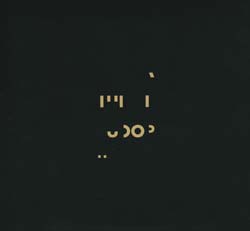
2-CD set with recordings by the legendary 20th century avantgarde pianist performing compositions by (and with) John Cage, plus Sylvano Bussotti, Morton Feldman, Christian Wolff.
In Stock
Quantity in Basket: None
Log In to use our Wish List
Shipping Weight: 4.00 units
EU & UK Customers:
Discogs.com can handle your VAT payments
So please order through Discogs
Sample The Album:
David Tudor-piano
John Cage-piano
Click an artist name above to see in-stock items for that artist.
12-page booklet with liner notes in German and English.
Label: Edition Rz
Catalog ID: ed. Rz 1018-19
Squidco Product Code: 14129
Format: 2 CDs
Condition: New
Released: 2007
Country: Germany
Packaging: Cardstock 3 page foldover
Various Recordings from the 1950s and 60s.
"David Tudor, pianist - a profession, a vocation, a life. From 1950 until around 1965, David Tudor was the epitome of the pianist who could simply play anything. In fact, David Tudor was no longer a name, but an indication for instrumentation as dozens of pieces were written "for David Tudor". As early as 1960, after having conquered all of the challenges posed by serial piano music, Tudor began to differentiate between composers who filled him with life and those who left him cold - the focus of his repertory became crystallized. The main criterion for his choices were shaped by the part he would play as interpreter in the composition. He distinguished carefully between having a free choice among prefabricated parts - generally called aleatoric, as for example, Stockhausen's Klavierstück XI (dedicated, as his Klavierstücke V-VIII, to Tudor) - and indeterminate actions. In the first case, they have a tendency to "put me to sleep", whereby pieces that are less limiting led him to say, "I feel that I'm alive in every part of my consciousness". The program of these CDs portrays these distinctions."-Frank Hilberg
12-page booklet with liner notes in German and English.
Artist Biographies
• Show Bio for David Tudor "David Tudor was born in Philadelphia, PA, in 1926. He studied with H. William Hawke (organ, theory), Irma Wolpe Rademacher (piano) and Stephan Wolpe (composition and analysis).His first professional activity was as an organist, and he subsequently became known as one of the leading avante-garde pianists of our time. Tudor gave highly acclaimed first or early performances of worksby contemporary composers Earle Brown, Sylvano Bussotti, Morton Feldman, Karlheinz Stockhausen, Christian Wolff, Stephan Wolpe, and La Monte Young, among others. Tudor began working with John Cage in the early fifties, as a member of the Merce Cunningham Dance Company and with Cage's Project of Music for Electronic Tape. Tudor gradually ended his active career as a pianist, turning exclusively to the composition of live electronic music. As a composer, Tudor chose specific electronic components and their interconnections to define both composition and performance drawing upon resources that were both flexible and complex. Tudor was one of four Core Artists who collaborated on the design of the Pepsi Pavilion for Expo '70, Osaka, Japan, a project of Experiments in Art and Technology, Inc. Many of Tudor's compositions have involved collaborative visual forces: light systems, laser projections, dance, theater, television, film. Tudor's last project, Toneburst: Maps and Fragments, was a collaboration with visual artist Sophia Ogielska. Tudor's several collaborations with visual artist Jacqueline Monnier included the development of a kite environment installed at the Whitney Museum (Philip Morris, NYC) in 1986, at the exhibition "Klangraume" in Dusseldorf in 1988, and at the Jack Tilton Gallery in New York City in 1990. Other collaborators have included Lowell Cross, Molly Davies, Viola Farber, Anthony Martin, and Robert Rauschenberg. Tudor had been affiliated with the Merce Cunningham Dance Company (MCDC) since its inception in the summer of 1953. In 1992, after CageÕs death, Tudor took over as Music Director of MCDC. Merce Cunningham has commissioned numerous works from Tudor, including Rainforest I (1968); Toneburst (1974); Weatherings (1978); Phonemes (1981); Sextet for Seven (1982); Fragments (1984); Webwork (1987), Five Stone Wind (1988), Virtual Focus (1990); Neural Network Plus (1992); and most recently Soundings: Ocean Diary (1994) for what was John Cage's last conception, Ocean. David Tudor passed away on August 13, 1996 at his home in Tomkins Cove, NY." ^ Hide Bio for David Tudor • Show Bio for John Cage "John Milton Cage Jr. (September 5, 1912 - August 12, 1992) was an American composer, music theorist, writer, philosopher, and artist. A pioneer of indeterminacy in music, electroacoustic music, and non-standard use of musical instruments, Cage was one of the leading figures of the post-war avant-garde. Critics have lauded him as one of the most influential American composers of the 20th century. He was also instrumental in the development of modern dance, mostly through his association with choreographer Merce Cunningham, who was also Cage's romantic partner for most of their lives. Cage is perhaps best known for his 1952 composition 4′33″, which is performed in the absence of deliberate sound; musicians who present the work do nothing aside from being present for the duration specified by the title. The content of the composition is not "four minutes and 33 seconds of silence," as is often assumed, but rather the sounds of the environment heard by the audience during performance. The work's challenge to assumed definitions about musicianship and musical experience made it a popular and controversial topic both in musicology and the broader aesthetics of art and performance. Cage was also a pioneer of the prepared piano (a piano with its sound altered by objects placed between or on its strings or hammers), for which he wrote numerous dance-related works and a few concert pieces. The best known of these is Sonatas and Interludes (1946-48). His teachers included Henry Cowell (1933) and Arnold Schoenberg (1933-35), both known for their radical innovations in music, but Cage's major influences lay in various East and South Asian cultures. Through his studies of Indian philosophy and Zen Buddhism in the late 1940s, Cage came to the idea of aleatoric or chance-controlled music, which he started composing in 1951. The I Ching, an ancient Chinese classic text on changing events, became Cage's standard composition tool for the rest of his life. In a 1957 lecture, Experimental Music, he described music as "a purposeless play" which is "an affirmation of life - not an attempt to bring order out of chaos nor to suggest improvements in creation, but simply a way of waking up to the very life we're living"." ^ Hide Bio for John Cage
7/7/2025
Have a better biography or biography source? Please Contact Us so that we can update this biography.
7/7/2025
Have a better biography or biography source? Please Contact Us so that we can update this biography.
Track Listing:
Disk 1:
1. Music For Piano 27 7:50
2. Music For Piano 22, 21, 32, 36 8:47
3. Music For Piano 27, 21, 32, 36 10:18
4. Variations I 2:21
5. Duo For Pianists I 4:13
6. Duo For Pianists I, Version 1957 II 4:35
7. Piano Piece For David Tudor III 7:25
8. Winter Music 5:10
9. Piece For Four Pianos 7:31
Disk 2:
1. Varitations II 1961 (Sony Music 1967) [ David Tudor · Klavier ] 26:53
2. Music For Piano 27, 21, 32, 35, 36 1955 (HR 1959) 12:27
3. Music For Piano 21, 22, 26, 29, 34, 36 1955 (WDR 1959) 13:19
4. Duo For Pianists I 1957, Version 2 (DR 1963) [ John Cage, David Tudor: pianos] 10:26
5. O-Ton (DR 1963) 1:50
Compositional Forms
Avant-Garde
Piano & Keyboards
John Cage
Search for other titles on the label:
Edition Rz.










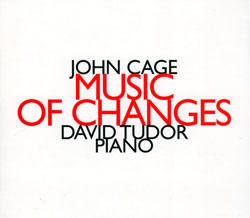
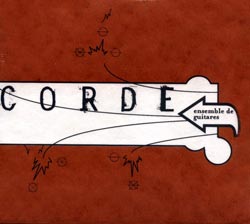
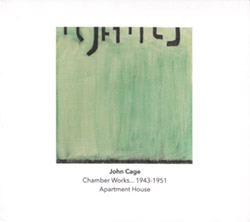



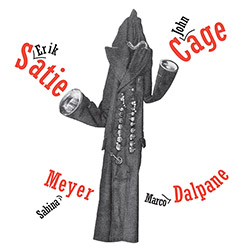

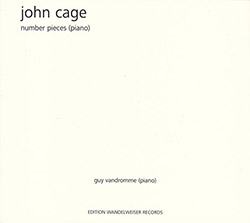















![+DOG+: The Light Of Our Lives [2 CDs]](https://www.teuthida.com/productImages/misc4/36009.jpg)


![Parker, Evan / Jean-Marc Foussat: Insolence [VINYL]](https://www.teuthida.com/productImages/misc4/36398.jpg)


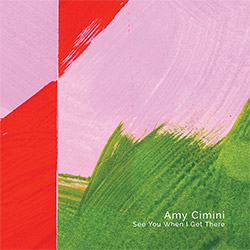





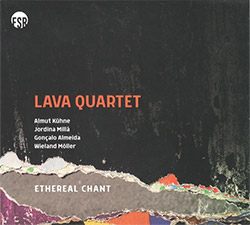
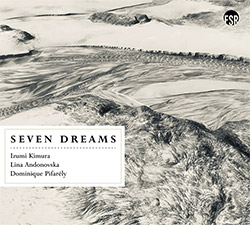
![Deupree, Jerome / Sylvie Courvoisier / Lester St. Louis / Joe Morris: Canyon [2 CDs]](https://www.teuthida.com/productImages/misc4/36404.jpg)


![Eternities: Rides Again [CASSETTE]](https://www.teuthida.com/productImages/misc4/36247.jpg)

![Lopez, Francisco: Untitled (2021-2022) [2 CDs]](https://www.teuthida.com/productImages/misc4/36438.jpg)


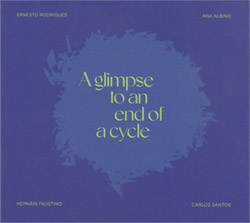

![Eventless Plot | Haarvol: The Subliminal Paths [CASSETTE + DOWNLOAD]](https://www.teuthida.com/productImages/misc4/36232.jpg)
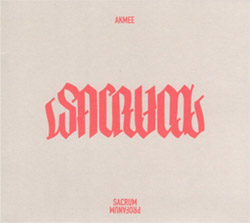


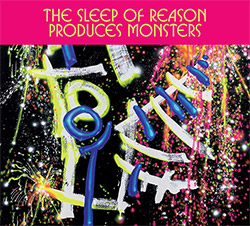



![Eventless Plot | Francesco Covarino: Methexis [CASSETTE + DOWNLOAD]](https://www.teuthida.com/productImages/misc4/36231.jpg)

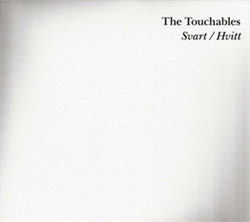

![Das B (Mazen Kerbaj / Mike Majkowski / Magda Mayas / Tony Buck): Love [VINYL]](https://www.teuthida.com/productImages/misc4/36329.jpg)
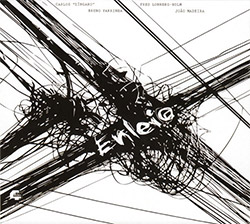

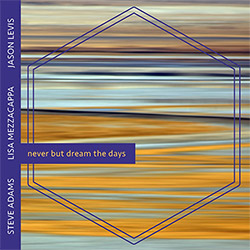
![Hemphill Stringtet, The: Plays the Music of Julius Hemphill [VINYL]](https://www.teuthida.com/productImages/misc4/36409.jpg)


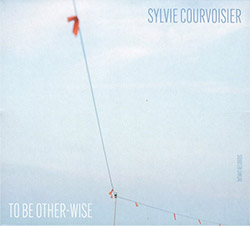


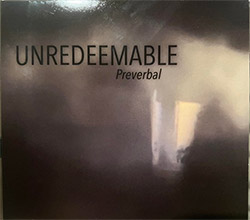
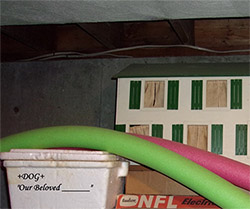
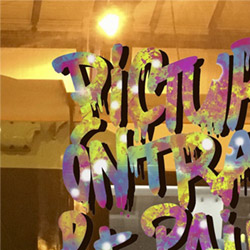

![Money : Money 2 [2 CDs]](https://www.teuthida.com/productImages/misc4/35894.jpg)
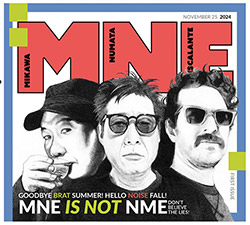
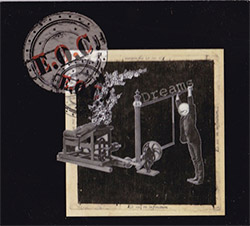


![Klinga, Erik: Elusive Shimmer [VINYL]](https://www.teuthida.com/productImages/misc4/36258.jpg)
![CHANGES TO blind (Phil Zampino): Volume 9 - I Wave on a Fine Vile Mist [CD + DOWNLOAD]](https://www.teuthida.com/productImages/misc4/36061.jpg)

![Wallmart / Rubbish: Asset Protection [split CD]](https://www.teuthida.com/productImages/misc4/35900.jpg)


![+Dog+: The Family Music Book Vol. 5 [2 CDs]](https://www.teuthida.com/productImages/misc4/35897.jpg)
![Kuvveti, Deli : Kuslar Soyledi [CASSETTE w/ DOWNLOAD]](https://www.teuthida.com/productImages/misc4/36107.jpg)
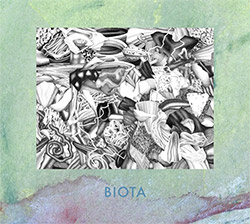
![Nakayama, Tetsuya: Edo Wan [CASSETTE w/ DOWNLOAD]](https://www.teuthida.com/productImages/misc4/36105.jpg)

![Brown, Dan / Dan Reynolds: Live At The Grange Hall [unauthorized][CASSETTE]](https://www.teuthida.com/productImages/misc4/36245.jpg)



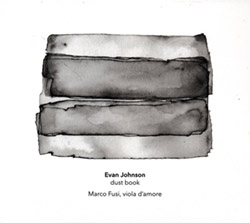


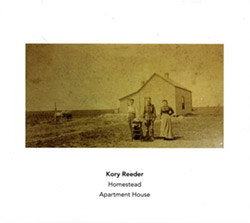
![Palestine, Charlemagne / Seppe Gebruers: Beyondddddd The Notessssss [VINYL]](https://www.teuthida.com/productImages/misc4/36206.jpg)
![Palestine, Charlemagne / Seppe Gebruers: Beyondddddd The Notessssss [NEON GREEN VINYL]](https://www.teuthida.com/productImages/misc4/36207.jpg)

![Laubrock, Ingrid: Purposing The Air [2 CDs]](https://www.teuthida.com/productImages/misc4/35639.jpg)
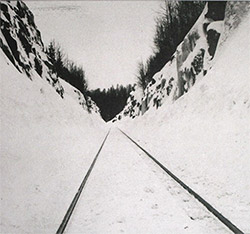
![Yoko, Ono / The Great Learning Orchestra: Selected Recordings From Grapefruit [2 CDs]](https://www.teuthida.com/productImages/misc4/35841.jpg)








![Zorn, John / JACK Quartet: The Complete String Quartets [2 CDs]](https://www.teuthida.com/productImages/misc4/35609.jpg)

![Lonsdale, Eden: Dawnings [2 CDs]](https://www.teuthida.com/productImages/misc4/35480.jpg)



![Sorry For Laughing (G. Whitlow / M. Bates / Dave-Id / E. Ka-Spel): Rain Flowers [2 CDS]](https://www.teuthida.com/productImages/misc4/35985.jpg)

![Rolando, Tommaso / Andy Moor : Biscotti [CASSETTE w/ DOWNLOADS]](https://www.teuthida.com/productImages/misc4/36106.jpg)


![Electric Bird Noise / Derek Roddy: 8-10-22 [CD EP]](https://www.teuthida.com/productImages/misc4/35970.jpg)








![Elephant9 : Mythical River [VINYL]](https://www.teuthida.com/productImages/misc4/34624.jpg)


![Elephant9 with Terje Rypdal: Catching Fire [VINYL 2 LPs]](https://www.teuthida.com/productImages/misc4/35355.jpg)
![Deerlady (Obomsawin, Mali / Magdalena Abrego): Greatest Hits [VINYL]](https://www.teuthida.com/productImages/misc4/34876.jpg)







![Surplus 1980: Illusion of Consistency [CD]](https://www.teuthida.com/productImages/misc4/35069.jpg)
![Staiano, Moe: Away Towards the Light [VINYL + DOWNLOAD]](https://www.teuthida.com/productImages/misc4/35037.jpg)
![Coley, Byron: Dating Tips for Touring Bands [VINYL]](https://www.teuthida.com/productImages/misc4/17906.jpg)

![Lost Kisses: My Life is Sad & Funny [DVD]](https://www.teuthida.com/productImages/misc4/lostKissesDVD.jpg)